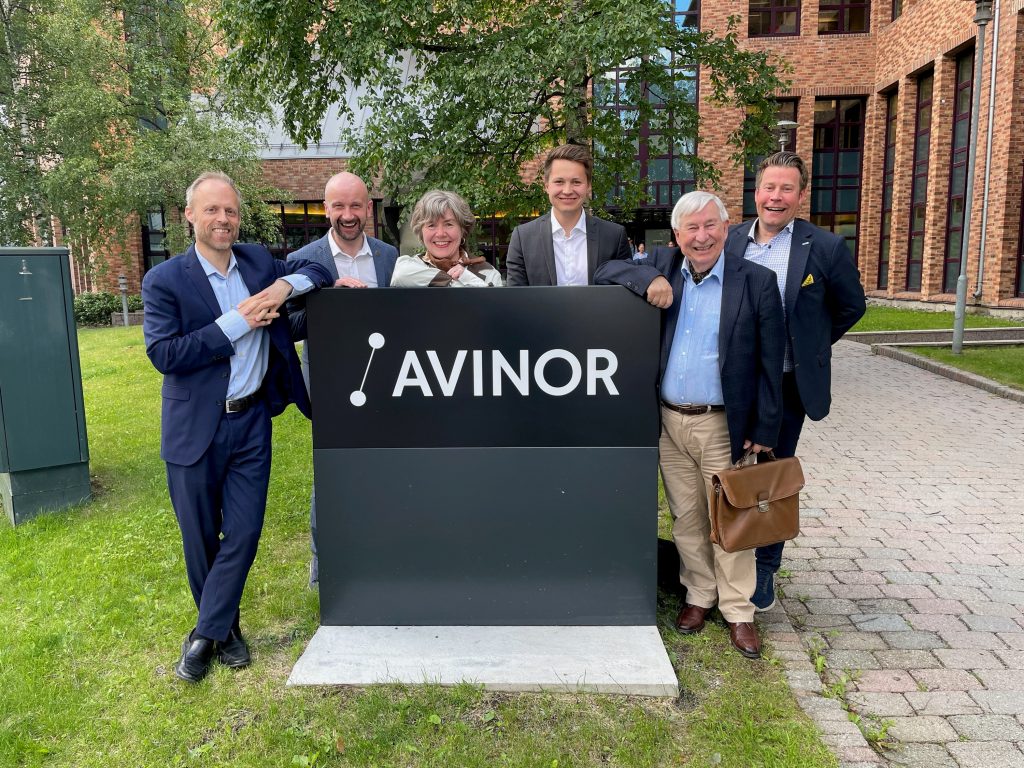GREEN AVIATION, Hovednyhet, Uncategorized

BLU, Energy in North, Lofoten The Green Islands, and UiT – The Arctic University of Norway, recently participated in a briefing in Oslo hosted by Avinor and the Civil Aviation Authority. This meeting marks a central part of Avinor and the Civil Aviation Authority’s initiative to establish Norway as a leading international arena for testing and developing zero and low-emission aviation solutions. Our project “Zero Emission Regional Aviation Northern Norway” was highlighted as an example of how regional initiatives can shape the future of sustainable aviation. The meeting follows the government’s commitment of 1 billion NOK in the National Transport Plan to accelerate the transition to greener solutions in aviation.
Norway as an international test arena for green aviation
During the meeting, Avinor and the Civil Aviation Authority presented their initiative to make Norway an international test arena for green aviation. The initiative will leverage Norway’s unique position and infrastructure to test future aviation solutions. The delegation from Northern Norway discussed experiences and contributions to the project and shared insights on how collaboration across different sectors can accelerate the transition to climate-neutral aviation, along with representatives from across the country.
Elnar Remi Holmen, CEO of BLU, reflected on the significance of the meeting: “Bringing key figures together to discuss and shape future aviation strategies is crucial. Our project is now receiving national attention, and this provides us the opportunity to demonstrate how innovative solutions can be practically implemented. It also puts Northern Norway on the map as a pioneering region for green aviation solutions.”
From UiT, Geir Bakkevoll highlighted the government’s National Transport Plan’s emphasis on the need for a knowledge base to find low-emission solutions adapted to Norwegian climate, topography, and airport infrastructure.
“UiT uses its position as the world’s northernmost university to find solutions that work under challenging Arctic conditions. This will benefit the entire global aviation industry.”
Brynjar Andersen Saus from UiT then presented the university’s contribution to the collaboration: A digital test arena that facilitates and accelerates tests in actual airspace. UiT’s academic community in aviation, machine learning, and simulation will come together in this initiative. In the digital test arena, UiT will use collected data on Arctic weather, climate, and topography to recreate a geographically confined Arctic airspace. In such a model, virtual prototypes of aircraft with zero and low-emission technology can be tested to ensure they are suitable for operation in Arctic environments.
Randi Lervik, from Lofoten The Green Islands, discussed local to global connections: “The fact that our local green initiatives are invited to the table in national plans underscores the importance of collaboration across geographical and sectoral boundaries to achieve real change.”
Anders Tørud from Energy in North commented on the industrial perspective: “This initiative provides us a platform to explore and realize new energy solutions that can revolutionize the aviation sector. It also offers valuable opportunities to strengthen our economic landscape through new green technologies.”
Further Plans and Opportunities:
Participants in the meeting discussed comprehensive plans to integrate green technology into the Norwegian aviation sector, with a particular focus on how such technologies can be tested and developed through the proposed national test arena program. These dialogues will guide further strategies and strengthen the collaboration between the public and private sectors, ensuring that Norway not only follows but leads the international transition to climate-neutral aviation.
In conclusion, the delegation from Northern Norway wishes to express the importance of the meeting. This initiative by Avinor and the Civil Aviation Authority, which brought together key players from across the country, is seen as extremely significant in light of the developments in the aviation industry and the energy sector.
For further details about our work and the project’s progress, visit BLU’s website. Here you can find updated information about our projects and initiatives, all contributing to a more sustainable and climate-friendly future.

